Editor’s Note:
With the history going forward, IMU has experienced its good days in the past. In 1957, IMU was established in the northern border area of China with the country’s new development, which started the new chapter for the education of higher learning in the border area mainly inhabited by minority ethnic groups in China.
For 63 years, IMU has followed its original aspiration and mission to “cultivate talents for the CPC and the country”, taken the responsibility to “base itself in the northern border area of China and boost education and Inner Mongolia”, clung to the “Two-Task” principle proposed by Ulanhu, IMU’s first president and found out a path for the construction of a high-level university in the border area mainly inhabited by minority ethnic groups in China.
During the 13th-Five-Year-Plan period, IMU has started its construction of a “Double-First-Class” university, become the institution of higher learning jointly built by the Ministry of Education and Inner Mongolia Autonomous Region and had a great-leap-forward development. The university has oriented itself to first-class innovations and contributions, highlighted the characteristics of quality and put emphasis on the connotative development. Taking talent cultivation, innovative capabilities and serving and contributing to the society as the core elements in its development, IMU has adhered to driving its development by double engines of the improvement of its strength and deepening of its reform. It has also carried out “Six Strategies”, pushed forward the “Reform in Six Aspects”, solidified its existing foundation, kept ahead and tried its best to build itself into a university with prominent minority ethnic characteristics and regional characteristics.
The year of 2020 is the last year of the 13th-Five-Year-Plan period and also the year for the strategic planning of next five years. To sum up the great achievements made by the university during the 13th-Five-Year-Plan period, look into the 14th-Five-Year Plan and focus on planning a new future of IMU, IMU Newsnet is to give a series of reports themed “Looking Back at IMU During the 13th-Five-Year-Plan Period, We Unite Together to Strive for Our Future”.
IMU devoted itself to the original research which provides source-like support for the development of Inner Mongolia Autonomous Region and made a series of research and applied achievements in such fields as modern agriculture and animal husbandry, construction of eco-environment, energy and new materials, application of mineral resources, new-generation information technology and strategic policy-making and advising. The university has been increasingly deepening and expanding its cooperation with local governments and enterprises and making more and more contributions to the high-quality social and economic development of Inner Mongolia Autonomous Region.
IMU effectively helped the high-quality economic and social development of Inner Mongolia Autonomous Region. Centering around the national and regional needs for the protection and development of germplasm resources and needs for modernized breeding, it poured much energy into forwarding the germplasm innovation of grassland livestock and the construction of the base for breeding the livestock to solve the bottleneck problems faced by animal husbandry in China that the breed resources for high-quality cattle, sheep and goats are controlled by those giant multinational breeding companies. In 2020, IMU got approval to establish “Germplasm Innovation and Breeding Base for Grassland Livestock” in order to produce theoretical and technological innovations in such fields as germplasm resources and reproduction of grassland livestock and further perfect the system of modern biological technologies and its industrialized application in reproduction of cattle, sheep and goats. The base bred and produced the first batch of double-muscular yellow cattle in the world whose growth rate and meat yielding rate are 20% and 30% respectively higher than those of ordinary yellow cattle. It also bred high-cashmere-producing Arbas goats whose cashmere-producing capacity is 50% higher than that of ordinary goats, and created and popularized the key technology in the production of highly effective frozen sexed semen of diary cattle. IMU guided and supported the establishment of the dairy sheep industry of Inner Mongolia Natural Animal Husbandry Technology Co; Ltd, the Center for Breeding Beef Cattle of Shengquan Animal Husbandry Co; Ltd and the standardized breeding base for 10,000 heads of cattle. It perfected the integrated system of breeding, reproduction and popularization for the breed resources of high-quality grassland livestock and filled the gap in the industry concerned in China, which plays a positive role in supporting the sustainable and healthy development of eco-animal husbandry in grassland and lending a hand to the poverty alleviation.
 State Key Laboratory of Reproductive Regulation and Breeding of Grassland Livestock
State Key Laboratory of Reproductive Regulation and Breeding of Grassland Livestock
 IMU makes theoretical and technological innovations in germplasm resources and reproduction of grassland livestock.
IMU makes theoretical and technological innovations in germplasm resources and reproduction of grassland livestock.
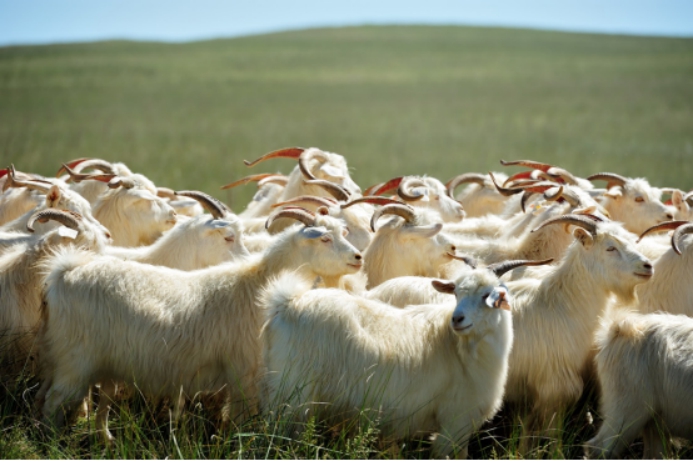 IMU develops high-cashmere-producing Arbas goats.
IMU develops high-cashmere-producing Arbas goats.
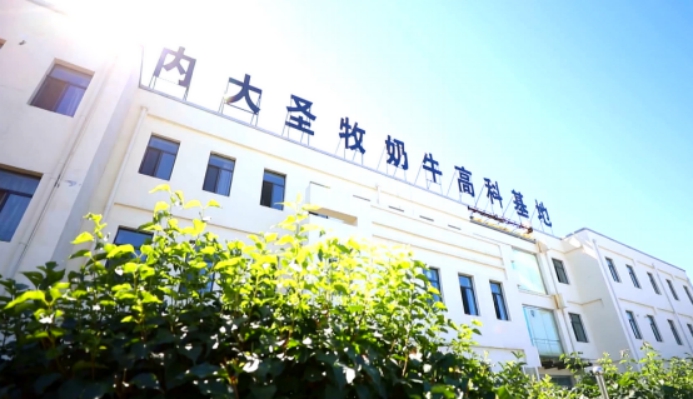 IMU establishes the IMU-Shengmu High-Tech Base for Dairy cattle.
IMU establishes the IMU-Shengmu High-Tech Base for Dairy cattle.
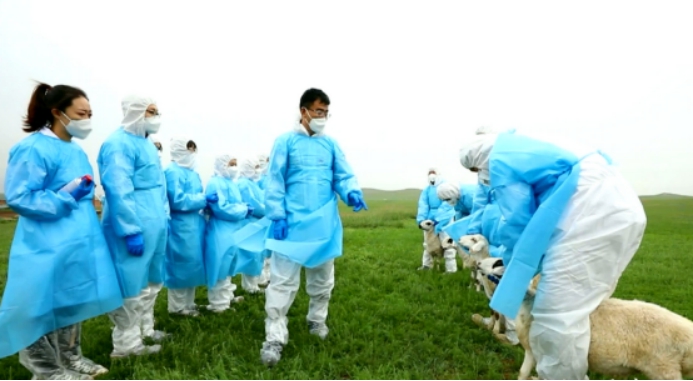 IMU conducts the survey of the nutrient microelements of mutton sheep.
IMU conducts the survey of the nutrient microelements of mutton sheep.
IMU helped Inner Mongolia Autonomous Region follow the high-quality development path which prioritizes protection of ecological environment and takes green development as orientation. The university constructed the Coordinated Innovation Center for Ecological Security of Grassland which, aiming at the restoration difficulties in ecologically fragile areas in Inner Mongolia Autonomous Region, Gansu Province and Ningxia Hui Autonomous Region, successfully developed the technology for the improvement and recovery of degraded grassland and technology for construction and planting of the high-yielding and high-quality artificial grassland. The technologies have been popularized in more than 100 mu(1 mu=666.67square meters) and had an effect on as big an area as 10 million mu. IMU established the Center for Grassland Health that had got tested over 20,000 soil samples from 900 million mu of natural grassland and finished testing 6137 mutton sheep’s mineral elements. As a result, the big data for mineral elements in the grassland are constructed, which provides 24 banners which prioritize animal husbandry in its economy, with reports on mineral elements of grassland and advice on improving grassland and scientific support for the improvement of quality and efficacy of eco-animal husbandry in the grassland. As for the comprehensive treatment of water pollution of “Three Lakes(Hulunbuir Lake, Wuliangsuhai Lake and Daihai Lake)” in Inner Mongolia, the university proposed the plans and strategies for the ecological restoration of waters of degraded rivers and lakes in northern China and strongly pushed forward the comprehensive treatment of the aquatic ecological environment. In terms of the clean use of coal resources, IMU developed and synthesized the key catalyst and core technology for producing isobutanol with syngas and are cooperating with enterprises concerned to conduct a 100-ton-per-year pilot scale production, which provides scientific support for the fight against pollution and building a shield for ecological security in northern China.
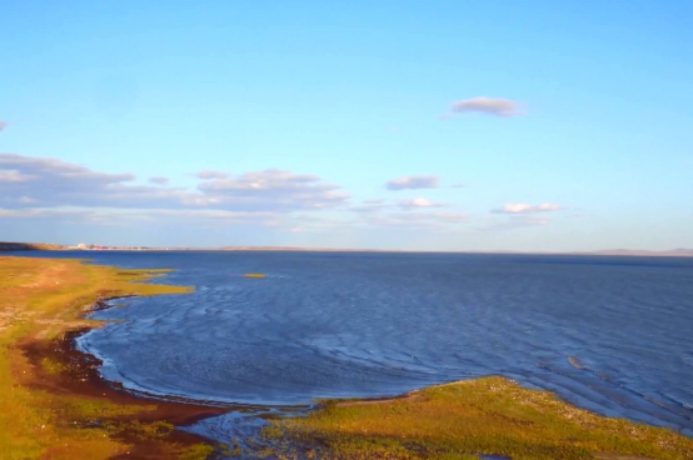 IMU conducts the comprehensive treatment of water pollution in “Three Lakes” in Inner Mongolia.
IMU conducts the comprehensive treatment of water pollution in “Three Lakes” in Inner Mongolia.
 IMU conducts the soil sampling from 900 million mu of natural grassland.
IMU conducts the soil sampling from 900 million mu of natural grassland.
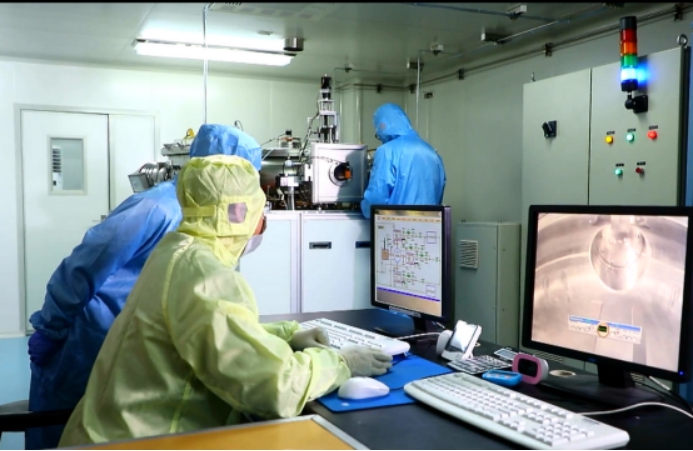 IMU conducts the studies of the clean utilization of coal resources.
IMU conducts the studies of the clean utilization of coal resources.

IMU studies and develops the technologies for selection and breeding of anti-stress plants and stress physiology.

IMU establishes a national comprehensive demonstration zone for standardized production of potatoes.
IMU has been making more and more contributions to policy-making consultancy and social service. The university deeply got involved in the studies of the building of “China-Mongolia-Russia Economic Corridor” under “One Belt and One Road Initiative”. The Mongolian Studies Center and Center for Mongolia, IMU’s think tanks, provided high-level advising report on the policy-making of the departments concerned at the national or regional level. The Mongolian Studies Center has been included in CTTI(Chinese Think Tank Index) and become one of the “pilot regional high-level think tanks”. The Center for Mongolia has been selected as member of CTTI and its case named “IMU successfully helps Xi Jinping’s thought of governance of China well-known in Mongolia” has become one of the best cases of CTTI in 2019. The Center for National Conditions of Mongolia has become one of “One Belt and One Road” national and regional studies centers of National Ethnic Affairs Commission of China. IMU also provides intellectual support for the autonomous region to build itself into a powerful region of cultural tourism. It finished the survey report on the planning of cultural tourism in Inner Mongolia, cooperated to develop revolution-related tourism resources, constructed a service platform for cultural tourism resources in Inner Mongolia, advanced the all-for-one tourism and digital tourism in Inner Mongolia and lent a hand to the integration of cultural industry and tourism in the autonomous region. IMU and Baarin Left Banner government jointly established the Center for the Industrialization of Khitan Culture in Liao Dynasty which provides the whole-industrial-chain service for the banner’s cultural tourism. The university cooperated with such top tourism enterprises as Beijing Dongshangjunfeng Culture Communication Co; Ltd and Inner Mongolia Fengxing Culture Communication Co; Ltd and those specialized cultural tourism companies like Inner Mongolia Anda Culture Communication Co; Ltd and Hohhot Soten Media on the consultancy in aspects of tapping and digitalizing the cultural tourism resources in Inner Mongolia, studying and developing cultural tourism products and systematizing cultural tourism.
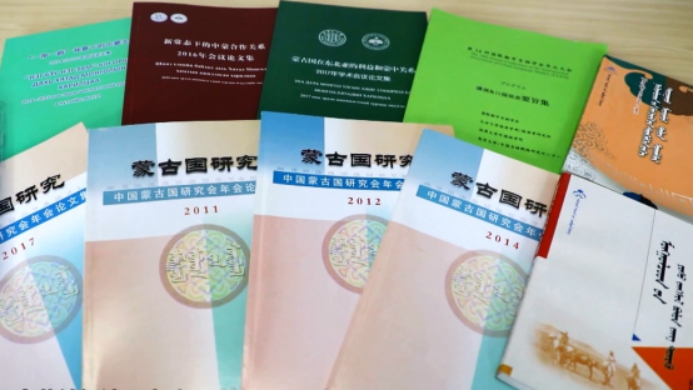 IMU serves the “One Belt and One Road Initiative”.
IMU serves the “One Belt and One Road Initiative”.
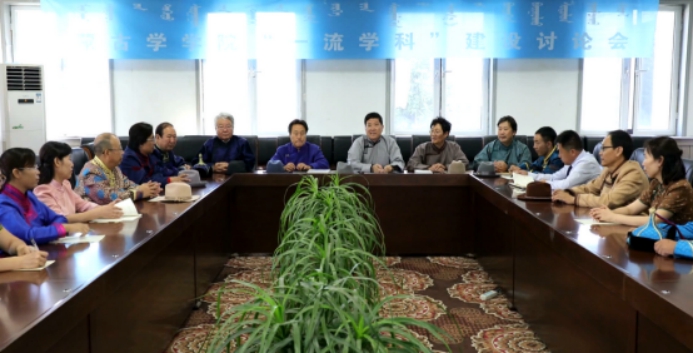 IMU actively pushes ahead with the construction of new think tanks and enhances its capability to serve the governance and policy-making of the government.
IMU actively pushes ahead with the construction of new think tanks and enhances its capability to serve the governance and policy-making of the government.
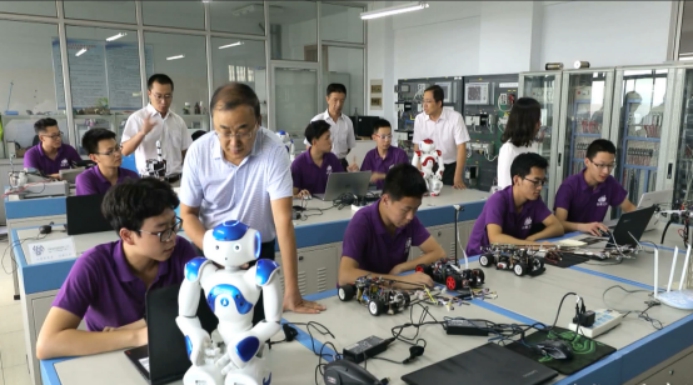 IMU conducts studies of big data and artificial intelligence.
IMU conducts studies of big data and artificial intelligence.
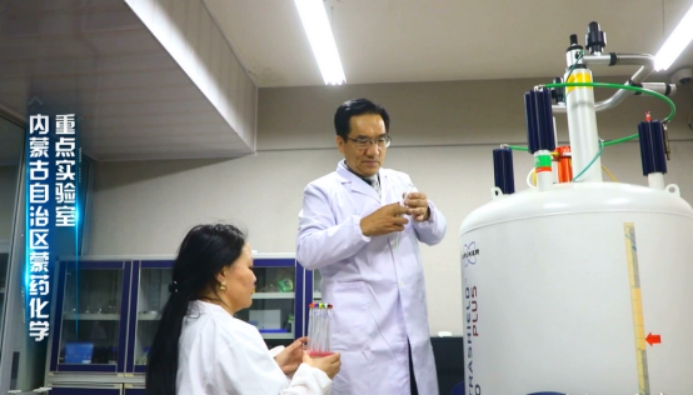 IMU conducts the research and development of Mongolian herbal medicines to benefit the people’s life.
IMU conducts the research and development of Mongolian herbal medicines to benefit the people’s life.
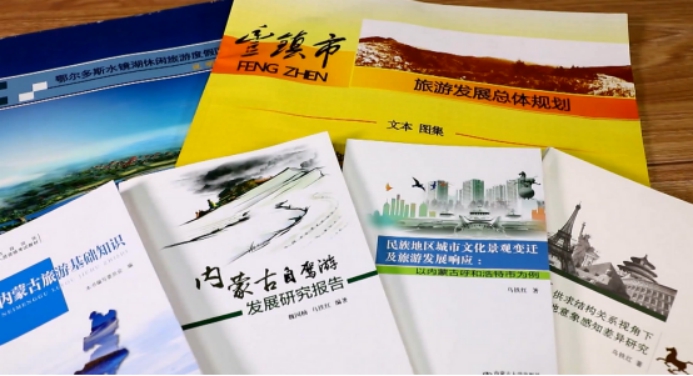 IMU provides intelligent support for Inner Mongolia Autonomous Region to build itself into a powerful region of cultural tourism.
IMU provides intelligent support for Inner Mongolia Autonomous Region to build itself into a powerful region of cultural tourism.
It is the driving force for the development of a local university to serve the local economic and social growth with its edges in science and technology. For years, IMU has been focusing on the latest developments in academic world and urgent needs of China and the autonomous region, entertaining the philosophy to serve the society, giving full play to its edges in some of its top disciplines and carrying out the strategy of the improvement of its capabilities for scientific and technological innovation. As a result, IMU has been bettering the quality and quantity of the transformation of its scientific and technological achievements into practical use and made contributions to the transformation and upgrading of industries and regional economic and social development.

